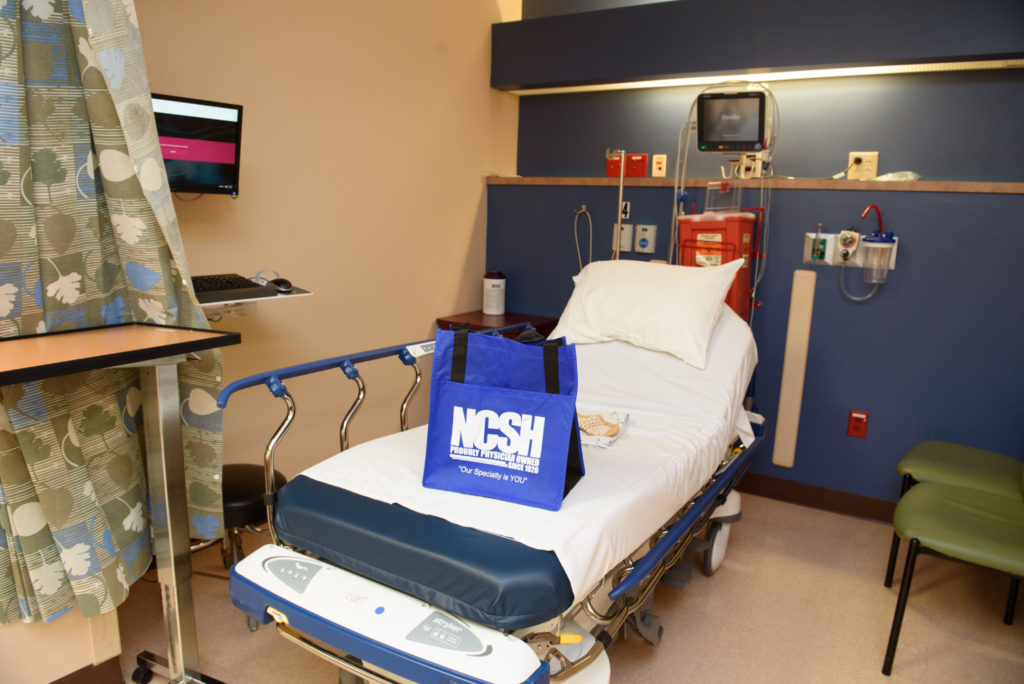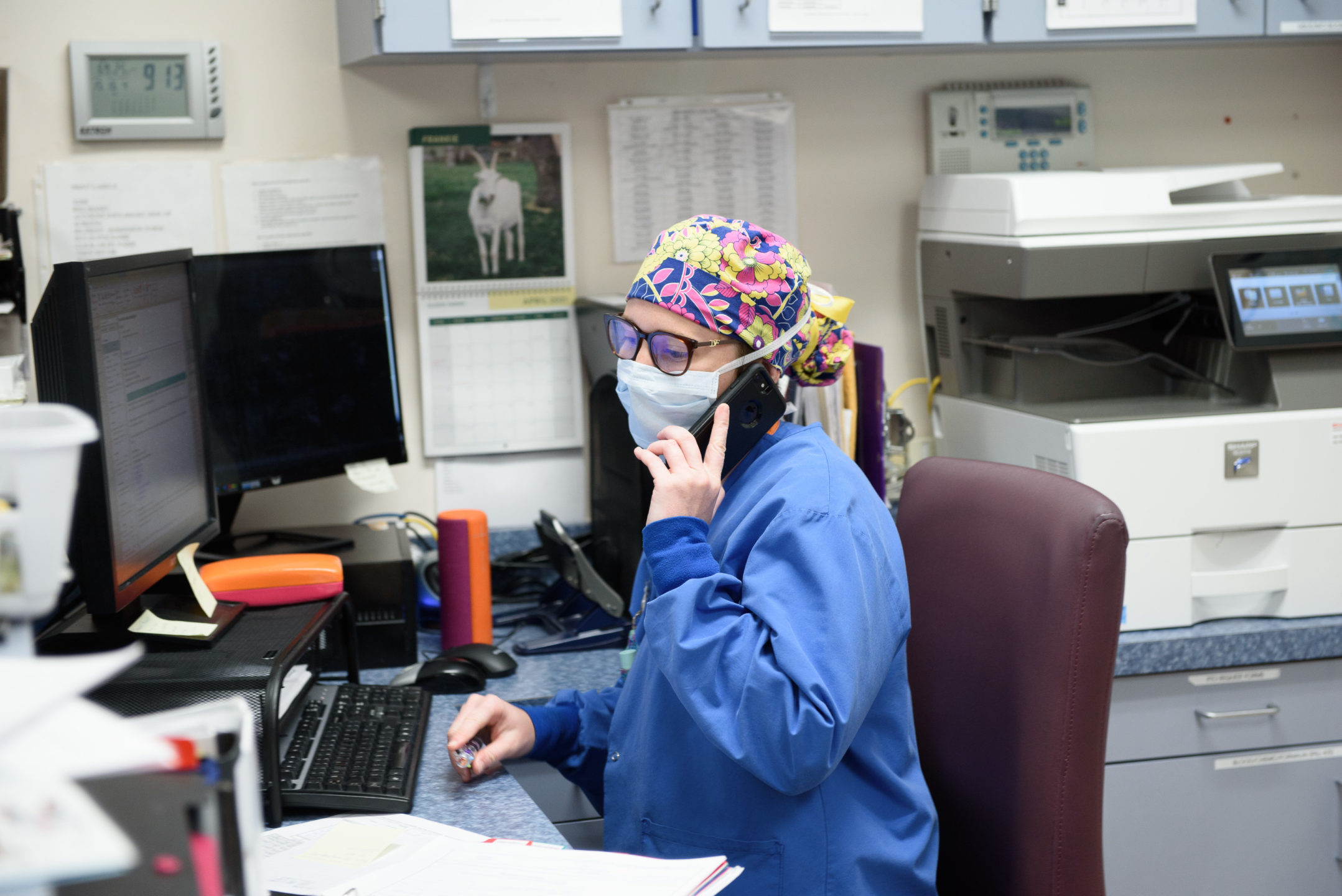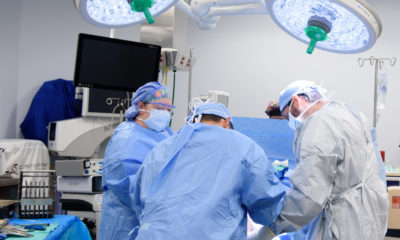Access your own patient portal, provided by NCSH.
Oral & Maxillofacial Surgery
What Conditions Require Jaw Surgery?
Tue, Oct 18, 2022

About Corrective Jaw Surgery and Who Needs It
Orthognathic surgery, also known as jaw or jawline surgery, corrects problems with the jaw bones that affect function, appearance, or both. Some people need corrective jaw surgery for deformities that interfere with chewing or speech, while others undergo the procedure to improve a facial imbalance. Your surgeon can discuss the type of procedure best suited to your needs.
Who Needs Jaw Surgery?
Dentists often recognize issues that require more intensive care. Orthodontists might be able to correct some defects with oral devices and braces. When orthodontics can’t help, an oral and maxillofacial surgeon steps in to provide surgery.
These are some of the reasons to undergo a jaw surgery:
- Correct an uneven jaw and bite
- Improve issues with chewing, swallowing, or speaking
- Reduce wear and tear on teeth due to misalignment
- Correct imbalances in facial appearance, such as overbite surgery
- Correct congenital abnormalities
- Repair a jaw after injury
- Relieve pain from temporomandibular joint (TMJ) disorders
Misalignments of the jaw and congenital deformities often appear in childhood. A child might need pediatric jaw surgery if orthodontics and other more conservative measures cannot correct the issue or if their problems are severe.
Types of Jaw Reconstruction Surgery
If you have issues with your jaw and facial features, you will need to consult with an oral and maxillofacial surgeon. They can perform several different procedures depending on your particular needs.
Upper Jaw Surgery
Surgery on the upper jaw is also known as maxillary osteotomy. The upper jawbone is called the maxilla. You might benefit from upper jaw surgery if it protrudes forward over the lower jaw or if you have an open bite. An open bite occurs when your back molars don’t touch.
Surgeons perform surgery on the upper jaw for patients with midfacial hypoplasia. This reduced growth in the middle of the face causes a particular appearance many patients want to correct.
To perform upper jaw surgery, the surgeon makes an incision above the upper teeth to access the bone. They can then move it into a better position and secure it with screws or plates.
Lower Jaw Surgery
Mandibular osteotomy is surgery on the lower jaw, or mandible. This is typically used to correct a protruding or receding lower jaw. For this type of surgery, the surgeon makes cuts on either side of the jaw along the molars. They use plates and screws to reposition the mandible.
Double Jaw Surgery

Also known as bimaxillary osteotomy, double jaw surgery refers to a procedure on both the upper and lower jawbones. It is used to correct deformities and misalignments caused by both parts of the jaw.
The procedure involves a combination of upper and lower jaw surgery, with surgical devices to hold the bones in their new positions.
Chin Surgery
Genioplasty is surgery on the chin. It is often used to correct a receding, small chin for cosmetic reasons. Some patients undergo both lower jaw and chin surgery at the same time for a receding jaw.
During a genioplasty, the surgeon makes incisions in the gums and lower lip inside the mouth. They cut and move the chin bone into a better position, securing it with pins, screws, or plates.
TMJ Surgery
TMJ disorders affect the joints that connect the upper and lower jaw and cause pain and dysfunction. Most treatments are non-surgical, but when these fail to provide relief, surgery might be necessary.
Surgeons will use minimally invasive procedures if possible. Arthrocentesis uses a small tube in the joint to inject fluid that washes out any debris causing inflammation and pain. Arthroscopy involves the use of a small tube with a camera that allows the surgeon to use very small tools to make fixes in the joints.
As a last resort, a surgeon can use more invasive open jaw surgery. The surgeon makes an incision near the ear to access the temporomandibular joint.
If jaw pain, a facial deformity, or a misaligned bite bothers you, talk to one of our oral and maxillofacial surgeons to find a solution. Request an appointment online today to get started.
RELATED NEWS

What Is Le Fort Surgery?
How the Le Fort Osteotomy Corrects Misalignments in the Jaw Le Fort surgery is an orthopedic procedure most often used to correct deformities and misalignments in the midface. It is a safe method that has…
Continue Reading

Your Questions About Corrective Jaw Surgery Answered
For many people, correcting misaligned teeth means wearing braces for a time. Some people may need minor dental procedures, like tooth extractions, to correct their bite and straighten their teeth, but for the majority, the…
Continue Reading
Stay Current
Educational Articles & More
View News & Press
